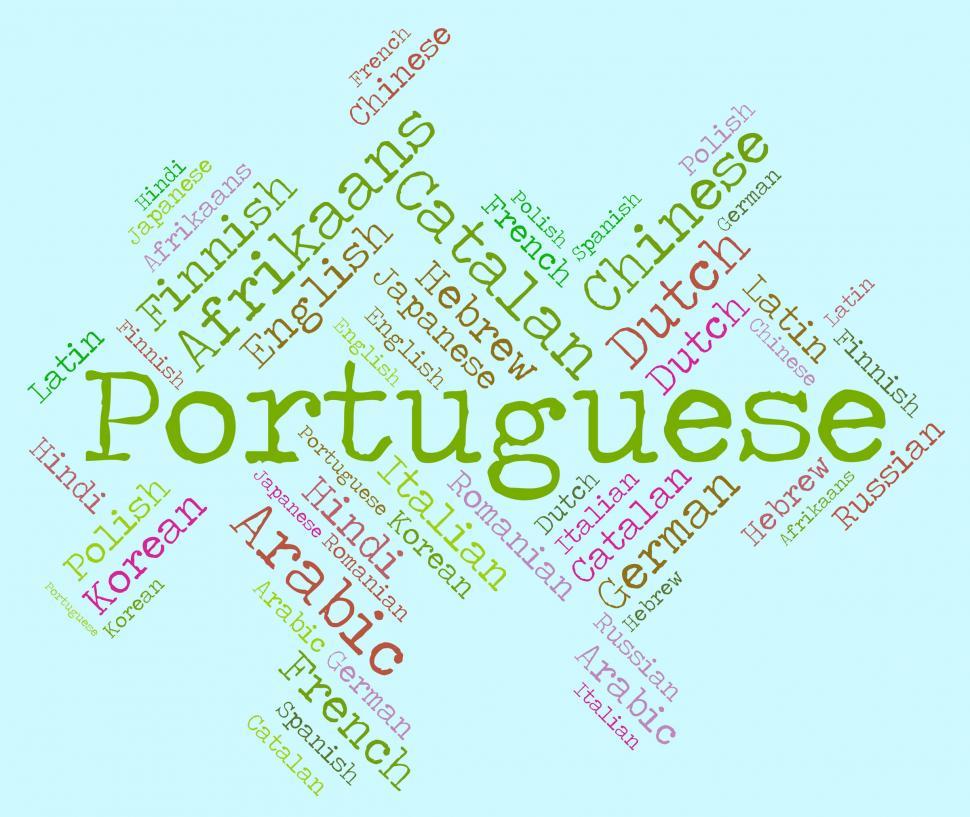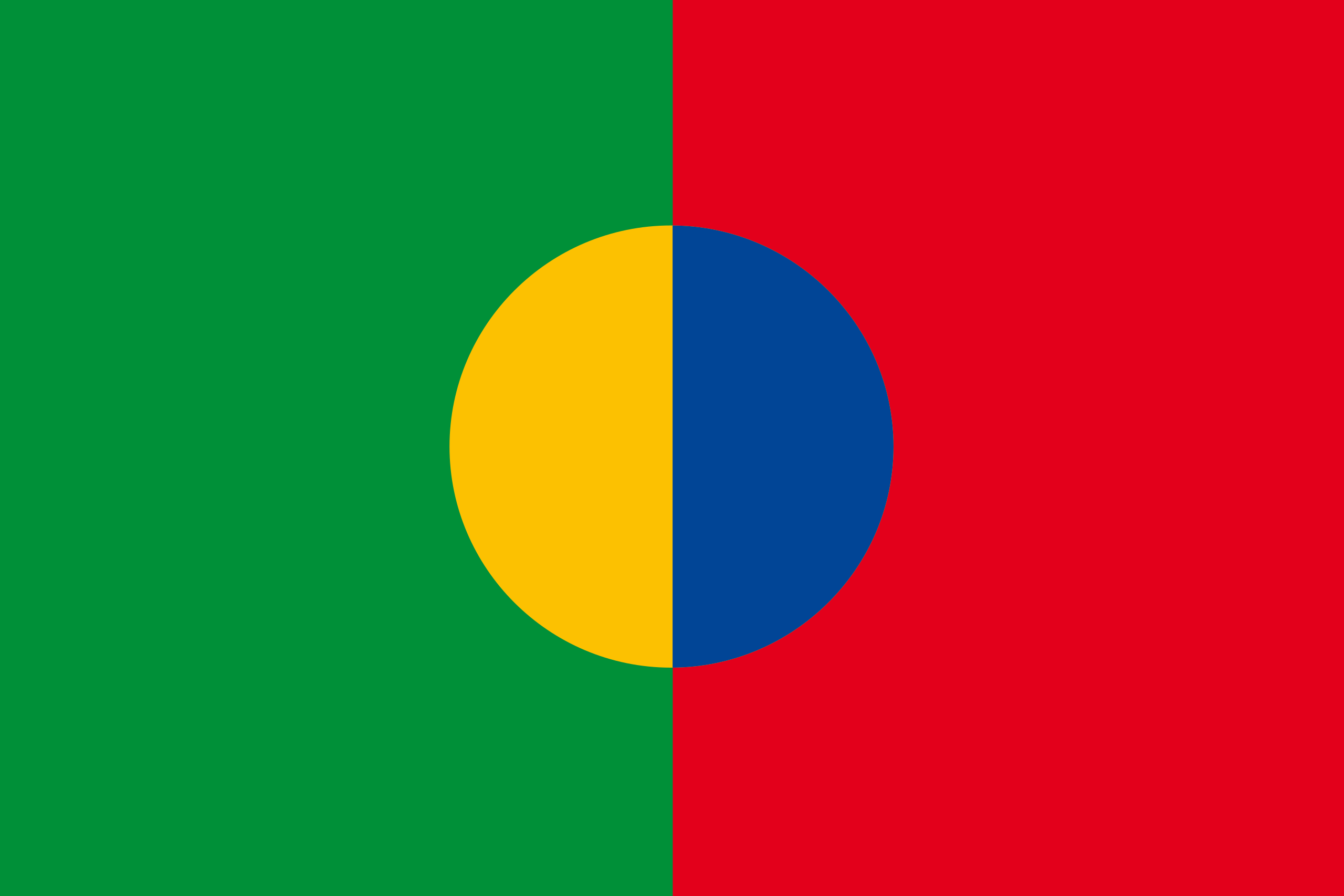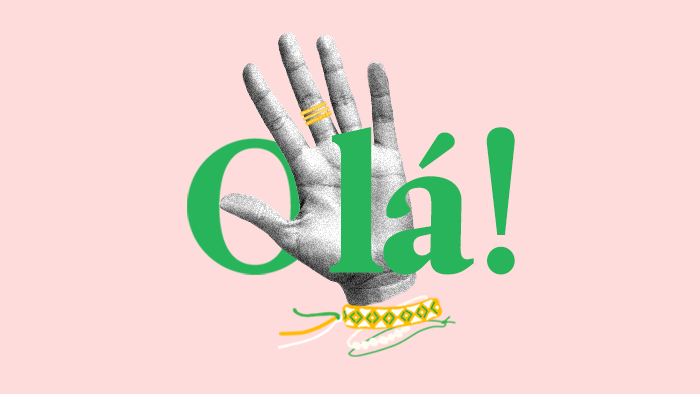How Do You Say Hello in Portuguese? Unveiling the Warmth of Greetings in Portugal's Rich Language
Portuguese greetings, rich in expression and warmth, are essential in initiating any conversation in Portugal. The most common greeting is "Olá," equivalent to "Hello" in English, widely accepted across the Portuguese-speaking world. This simple yet versatile greeting serves as a foundation for most informal interactions. However, the beauty of the language unfolds with phrases like "Bom dia" (Good morning), "Boa tarde" (Good afternoon), and "Boa noite" (Good evening), which are part of daily conversations. These phrases do more than just greet, they reflect the time of day, adding a layer of respect and personalization to the dialogue. The use of these greetings in appropriate contexts is a testament to the speaker's grasp of the language and sensitivity to cultural norms. Mastering these basic yet impactful phrases is the first step in appreciating the subtleties of the Portuguese language and its culture.
Understanding the Formal and Informal: 'Olá' vs. 'Bom dia/Boa tarde/Boa noite'

The distinction between informal and formal greetings in Portuguese, primarily between 'Olá' and the more time-specific 'Bom dia', 'Boa tarde', and 'Boa noite', is crucial in navigating social interactions. 'Olá', akin to a friendly 'Hello', is perfect for casual, everyday conversations, embodying a relaxed and approachable tone. On the other hand, 'Bom dia', 'Boa tarde', and 'Boa noite' are more formal and respectful, fitting for professional environments, interactions with elders, or in situations where a higher degree of politeness is warranted. The choice of greeting reflects not just linguistic proficiency but also an understanding and respect for the social context. The transition from 'Bom dia' to 'Boa tarde' usually occurs around lunchtime, and 'Boa noite' is reserved for post-dusk hours. These greetings are more than mere words, they are an embodiment of the cultural values of respect and courtesy that are deeply ingrained in Portuguese society.
The Art of Portuguese Greetings: Gestures and Expressions
.jpg)
In Portugal, greetings are often accompanied by meaningful gestures that convey warmth and friendliness, integral to Portuguese communication. In formal situations, a firm handshake, accompanied by direct eye contact, sets a tone of respect and professionalism. In contrast, informal greetings among friends and family are usually expressed with hugs or cheek kisses, a practice that involves two kisses, starting with the right cheek. These physical expressions of greeting are deeply rooted in the social fabric of Portuguese culture, symbolizing closeness and warmth. Beyond these gestures, follow-up phrases like "Tudo bem?" (Is everything fine?) or "Como está?" (How are you?) are common. These phrases are not mere formalities but are indicative of genuine interest in the other person's well-being, further enriching the act of greeting. Understanding and adopting these gestures and expressions are crucial in forming authentic connections and experiencing the true essence of Portuguese social interactions.
Regional Variations in Greetings Across Portugal
Portugal's rich cultural landscape is reflected in its regional variations in greetings. Despite its small size, the country showcases a remarkable diversity in language and customs. In the northern regions, people tend to adhere to more formal and traditional greetings like 'Bom dia/Boa tarde/Boa noite', reflecting a reserved and respectful demeanor. In contrast, the southern parts, especially coastal areas like the Algarve, embrace a more relaxed approach, with 'Olá' and other informal expressions being more prevalent. Unique regional greetings also exist, such as "Viva" in Madeira, a friendly and colloquial form of hello. Understanding these regional nuances is not only fascinating but also crucial for anyone looking to fully engage with different communities across Portugal. It demonstrates an appreciation and respect for local customs and dialects, enhancing the overall experience of interacting with diverse Portuguese populations.
The Influence of Portuguese Greetings in Brazilian Culture

The Portuguese language's influence extends far beyond Europe, with a significant presence in Brazil. Brazilian Portuguese, while sharing its roots with European Portuguese, has developed its own unique characteristics, influenced by indigenous, African, and other immigrant languages. This is evident in the greetings used in Brazil. Common phrases like 'Olá', 'Bom dia', 'Boa tarde', and 'Boa noite' are used, but there is also a prevalence of more relaxed and affectionate greetings like "Oi" (Hi) or "Tudo bem?" in casual settings. These Brazilian variations showcase a blend of cultural influences, adding a layer of richness and diversity to the language. Understanding the differences and similarities in greetings between European and Brazilian Portuguese is not only fascinating for language enthusiasts but also crucial for those looking to communicate effectively in different Portuguese-speaking contexts. The nuances in Brazilian greetings, often more informal and expressive, reflect the country's diverse cultural tapestry and its warm, welcoming nature. Engaging with these variations provides insight into the adaptability and global reach of the Portuguese language, highlighting its role as a bridge between cultures and continents.
Practical Tips for Using Portuguese Greetings in Conversation
Navigating Portuguese greetings in conversation requires an understanding of both language and context. When interacting in Portuguese, it is important to match the greeting to the situation. 'Olá' is suitable for informal and friendly encounters, while 'Bom dia', 'Boa tarde', and 'Boa noite' should be used in more formal contexts or when a higher level of respect is intended. Observing body language is key, a handshake is appropriate in formal settings, while hugs or cheek kisses are common among friends and family in casual encounters. It is also important to be attentive and responsive to the greetings used by others. This not only helps in choosing the appropriate greeting but also aids in building rapport and demonstrating cultural sensitivity. Additionally, expanding one's vocabulary with follow-up phrases like "Como vai?" (How are you?) or "Tudo bem contigo?" (Is everything okay with you?) can enrich conversations and show genuine interest in the person you are speaking to. Practicing these greetings in real-life scenarios will build confidence and enhance one's ability to communicate effectively in Portuguese.
Learning Portuguese Greetings: Resources and Tools for Beginners

For beginners eager to learn Portuguese greetings, there is a wealth of resources and tools available. Language learning applications such as Duolingo, Babbel, or Rosetta Stone provide structured lessons that gradually introduce greetings and common expressions. Online platforms like iTalki or Practice Portuguese offer opportunities to practice with native speakers, giving learners a more immersive experience. Additionally, educational websites, podcasts, and YouTube channels dedicated to Portuguese language learning can be invaluable resources. Engaging with Portuguese media, including music, films, and television shows, is another effective way to familiarize oneself with everyday greetings and expressions. These resources not only aid in language acquisition but also provide cultural insights, making the learning process more engaging and holistic. Regular practice, combined with exposure to various forms of Portuguese media, can significantly enhance one's proficiency in using greetings appropriately in different contexts.
